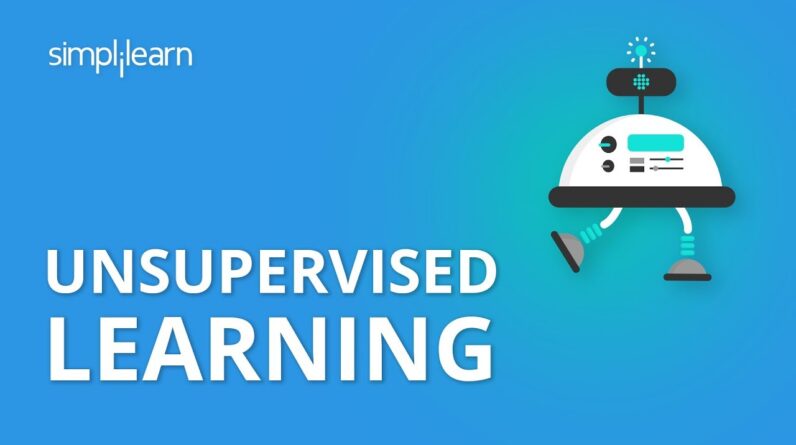If you’ve been interested in the fascinating world of Machine Learning, Supervised Learning is a great place to start. This is the foundation for most predictive modeling techniques, making it an essential skill for any aspiring data scientist or AI enthusiast. In this tutorial, we’ll guide you step-by-step in learning Supervised Machine Learning from scratch. We’ll cover everything from basic concepts to practical applications, providing you with a comprehensive understanding of this powerful tool. So, let’s get started and unlock the potential that Supervised Machine Learning has to offer!
How to Learn Supervised Machine Learning: A Comprehensive Tutorial
Introduction
As the field of artificial intelligence continues to grow, supervised machine learning has become an essential aspect of data science. Whether you’re a data scientist, business analyst, or simply someone interested in the field, understanding supervised machine learning can provide a significant advantage. In this comprehensive tutorial, we’ll cover everything you need to know to get started with supervised machine learning.
Understanding Supervised Machine Learning
Supervised machine learning is a type of artificial intelligence that involves training an algorithm on labeled data. The algorithm learns patterns in the data and uses those patterns to make predictions about new, unseen data. The labeled data is an essential aspect of supervised machine learning because it allows the algorithm to associate specific input features with particular outputs.
Steps to Learn Supervised Machine Learning
- Learn the basics of Python: Python is the most used language in machine learning. You should have a good understanding of programming and learn how to work with libraries such as numpy and pandas.
- Gain knowledge of statistics and linear algebra: A good grasp of mathematics is essential in understanding the concepts of machine learning. Topics such as mean, median, standard deviation, matrices, and eigenvectors become helpful.
- Understand the principles of supervised learning: You should learn about the different types of supervised learning, such as regression and classification, and how to use it to predict outputs from inputs.
- Choose a machine learning model: Once you have a solid understanding of the basics, you can choose a machine learning algorithm that fits your needs.
- Train your model: After selecting a model, you can then train it on the labeled data that you have gathered for your project.
- Test your model: Once you have trained your model, test its accuracy by using the test data.
Tips on Learning Supervised Machine Learning
- Get a good understanding of calculus: The derivative is the backbone of machine learning, so you should have a good grasp of it.
- Practice and experiment with different machine learning models, and learn from your mistakes.
- Join a community of data scientists or participate actively in Kaggle.
- The documentation is your friend. You should always read the documentation of libraries and frameworks thoroughly.
FAQs
- What are the benefits of supervised machine learning?
Supervised machine learning provides an efficient and accurate way to determine specific outputs from inputs. It can help reveal insights, recognize patterns, and make accurate predictions. - What is the difference between supervised and unsupervised machine learning?
Supervised machine learning uses labeled data to train the algorithm, while unsupervised machine learning uses unlabeled data. Supervised machine learning algorithms are designed for prediction, while unsupervised machine learning algorithms are typically used in clustering and pattern recognition. - What are some popular machine learning libraries in Python?
Some popular machine learning libraries in Python include Scikit-learn, TensorFlow, Keras, and PyTorch. - Can machine learning models be biased?
Yes, machine learning models can be biased. It is essential to select unbiased datasets and create a balanced cohort to train the model and impartially validate it. - Are there any ethical considerations when using supervised machine learning?
Yes, there are ethical considerations when using supervised machine learning. It is essential to ensure that the labeled data is unbiased and that the predictions made by the algorithm do not perpetuate stereotypes or discrimination.
Conclusion
Supervised machine learning is a powerful tool that can help reveal insights, recognize patterns, and make accurate predictions. By following the tips and steps outlined in this tutorial, you can gain a comprehensive understanding of supervised machine learning and leverage these skills to reach new heights in data science.






